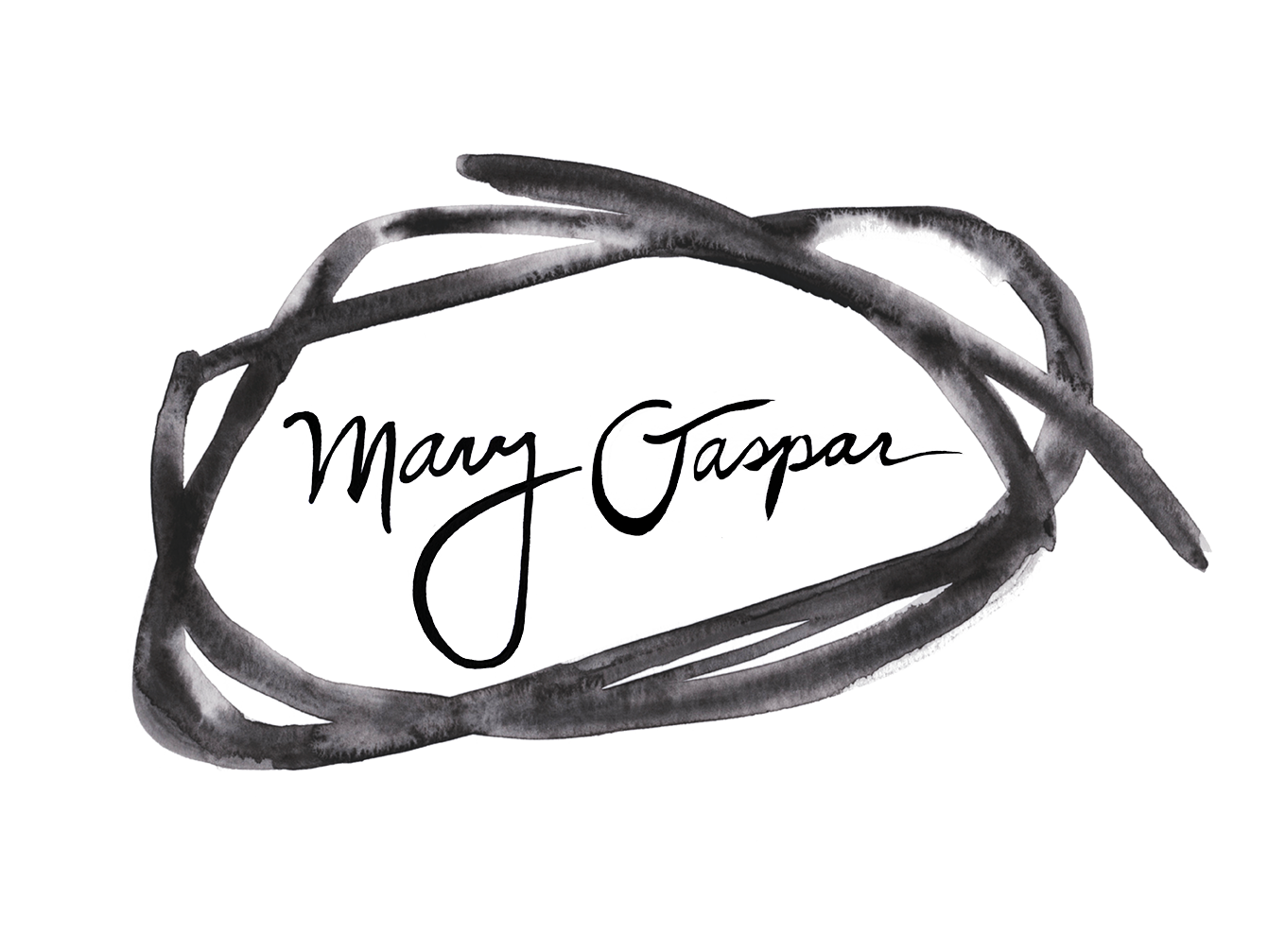05 Jul “Plant Cell” Design Process
“Simplicity is the ultimate sophistication.”
-Leonardo da Vinci
Keeping it simple. That’s pretty much my North Star when it comes to creating my watercolor pieces. The medium itself does such beautiful, natural things. Water and paint. The spidering effects. The bleeding and spreading of paint on water on textured paper. I don’t complicate things. The pressure of the painted line, color, and a killer composition.
The design process for my watercolor Plant Cell pieces pretty much goes like this…
- There’s the gathering inspiration phase. This comes from books, trips, nature walks, fashion, music, film, and paying close attention to lines and texture everywhere I go.
- Selecting colors, paints, brushes and paper, or canvas (in which case I would treat the canvas with absorbent ground).
- Sketching many, many, many compositions with my brushes, paint and water.
- Whittling down to a small few.
- Picking the most interesting composition and painting it large.
- Letting first layer dry.
- Looking at piece for a while.
- Adding second layer.
- Looks at piece for a while.
- Adding third layer or adding bits of saturated color to help add depth and help the eye travel with the movement of the piece.
- Call it done.
I’ve learned time and time again that I need to stop before I think I’m done to avoid overworking a piece.
This is crucial. I think part of their beauty is the imperfect rawness in the strokes and the organic water marks.
p.s. This is a closeup of a big plant cell that is undeniably ocean inspired. Sometimes I see tiny landscapes within each line.
Do you have a process you use time and again? Is it simple or does it require many steps?
Error: No feed found.
Please go to the Instagram Feed settings page to create a feed.



Sorry, the comment form is closed at this time.